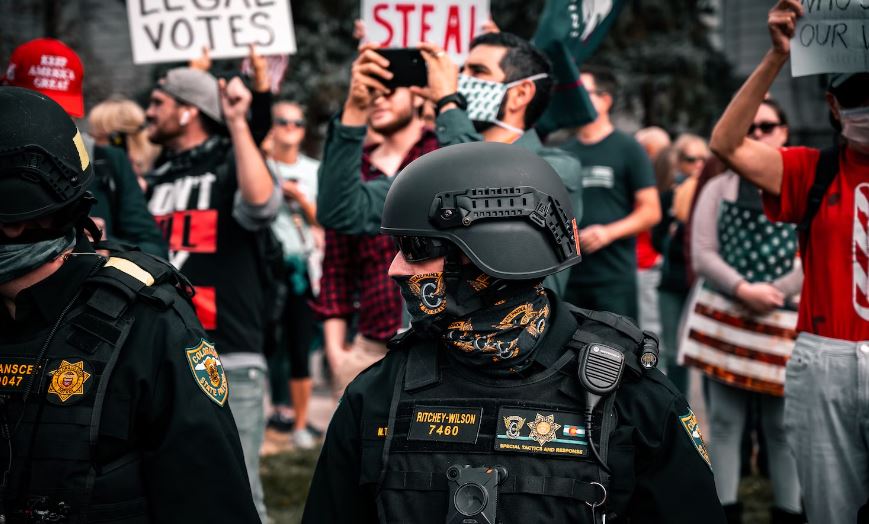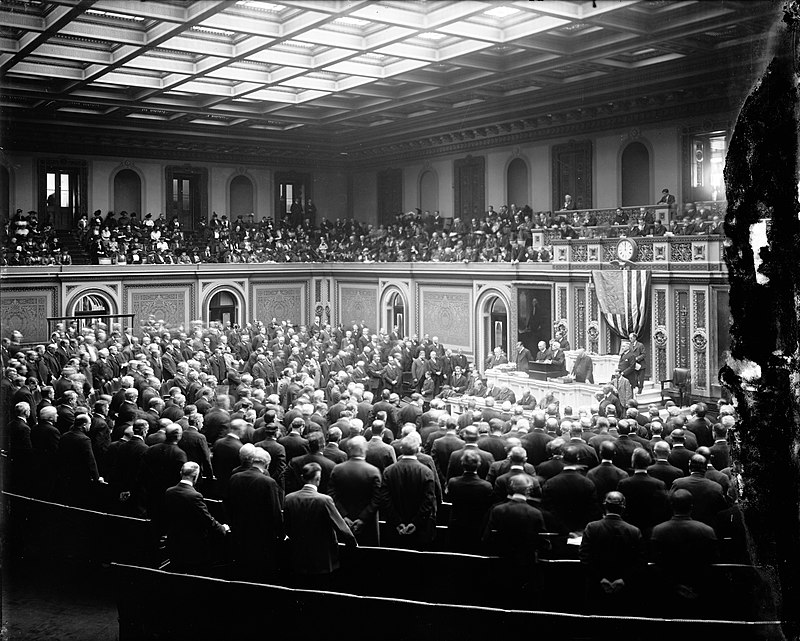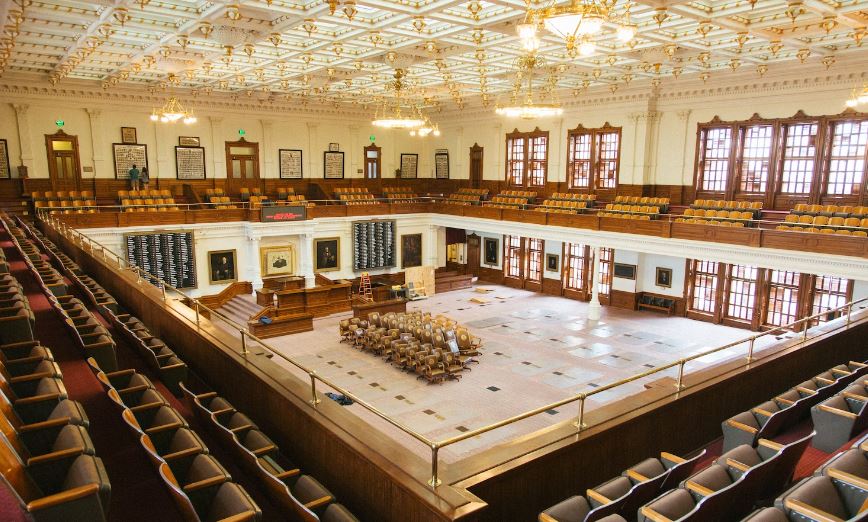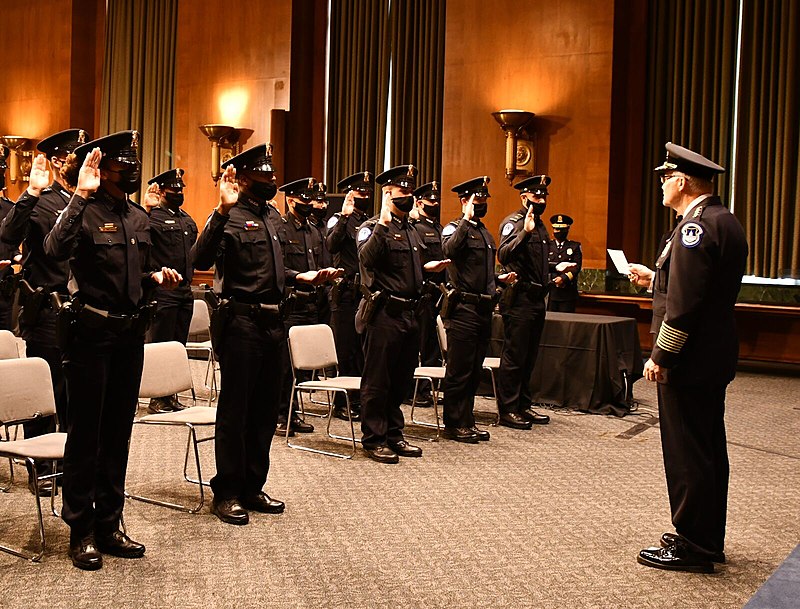The individuals who hold positions of authority within the House of Representatives include the Speaker, Deputy Speakers, Secretary General, and Sergeant-at-Arms. These officials are elected through a majority vote by all Members at the beginning of each Congress. Additionally, the Majority and Minority Leaders are elected within their respective party caucuses, representing the ruling party and the minority party, respectively.
This article will primarily focus on who gives protection to the Speaker of the House. Read on!
Historical Background of the House
The United States Constitution confers upon the U.S. House of Representatives a distinctive array of powers within the federal government, reflecting the original designers’ intention to establish it as particularly receptive to the desires and preferences of the citizenry. James Madison, a prominent figure from Virginia, is widely recognized as the primary architect of the United States Constitution. Additionally, he held a significant role as a statesman in the early Congresses, particularly within the House of Representatives. Madison firmly advocated for establishing a direct connection between the House and the general populace, emphasizing the necessity for a close and empathetic relationship between the two entities.
Since its establishment in 1789, the House of Representatives has been the sole branch of the United States government that has undergone direct election by American citizens. In contrast to the Senate, the House of Representatives does not possess the characteristic of being a continuing body. The Members of the institution are required to undergo an election process every two years. Following this, a new session is convened, leading to the reconstitution of the institution. During this process, a Speaker is elected, the Members-elect are sworn in, and a group of officers is approved to oversee the administration of the institution. The House of Representatives, with its direct, biennial elections and current membership size of 435 voting Representatives, has fostered an environment that welcomes a constant flow of novel ideas and priorities. This characteristic has played a significant role in establishing the House’s enduring reputation as the “People’s House.”
The early 19th century witnessed a notable development in which Congress progressively asserted its autonomy from the Presidency, a trend that commenced during the tenure of James Madison as President and continued thereafter. The House of Representatives emerged as the dominant legislative body within the United States Congress, initially surpassing the Senate in significance. During a significant portion of the initial half of the 19th century, a state of equilibrium prevailed within the Senate, wherein the free states of the North and the slaveholding states of the South were evenly represented, resulting from an equal distribution of states with differing stances on slavery. Nevertheless, due to the significantly larger population in the North compared to the South, the House of Representatives was effectively controlled by the North. In the year 1825, Henry Clay, the newly appointed Speaker of the House, made a formal declaration of his intention to part ways with Andrew Jackson and establish the National Republican Party, along with his supporters. After being defeated by Jackson in the 1832 presidential election, Clay transitioned to the Senate.
From 1861 to 1874, the Democratic Party experienced a period of relative political insignificance as a minority group. However, in 1874, the party underwent a significant resurgence, achieving a substantial electoral victory by securing 93 seats previously held by the Republican Party, thereby attaining a majority status. The Gilded Age was characterized by a delicate equilibrium in the House, as the political parties took turns in assuming control.
From 1860 to 1920, there was a significant increase in the average duration of service for members of the House of Representatives, which rose from four years to eight years. This numerical value represents the manifestation of “congressional careerism.” The House of Representatives underwent a transformation characterized by the cultivation of a more enduring cultural framework, lengthier sessions, and the emergence of specialized policy expertise among its members. The decentralization of power from the Speaker of the House and the practice of granting advancement based on seniority were prominent features within the House. The growing significance of the federal government, a rising recognition of extended congressional tenure, and a decrease in the partisan competitiveness of congressional districts, particularly after 1896, collectively contributed to the progressive elongation of the average term served by House members.
Process of Electing the House Speaker
According to the Constitution, it is mandated that the House of Representatives is responsible for selecting its Speaker and other officers. Traditionally, the Speaker of the House has been selected exclusively from the current members of the House. The selection of individuals from a particular class is not explicitly restricted by the Constitution; however, historical precedent has consistently adhered to this practice. The tenure of the Speaker concludes upon the conclusion of their term as a Member, while the remaining officers of the House retain their positions until their successors are selected and meet the necessary qualifications.
The customary procedure for the selection of the Speaker commences with the submission of nominations by each party caucus, which is subsequently followed by a viva voce vote conducted among the Members-elect. Based on the Act of June 1, 1789, the Clerk acknowledged that nominations for Speaker hold a greater constitutional privilege compared to a resolution that seeks to delay the Speaker election and instead establish the election of a Speaker pro tempore while addressing specific ethics charges against the nominee from the majority party.
One of the most significant figures in leadership was the esteemed Democratic Speaker, Sam Rayburn, who held his position for an extended period of time. The Republican Party, led by Newt Gingrich, regained a majority in the 1994 election, marking a significant turning point known as the Republican Revolution. This electoral triumph resulted in the party securing majorities in both houses of Congress and a majority of governorships.
In the 2006 elections, the Democratic Party experienced a notable increase in their representation by securing 30 additional seats. This electoral success resulted in the party regaining control and subsequently electing Nancy Pelosi as the inaugural female Speaker of the House. Their control was fortified during the 2008 elections, resulting in the acquisition of an additional 21 seats. Nevertheless, the Republican party swiftly nullified the aforementioned advancements by securing 63 seats in the 2010 elections, thereby achieving the most substantial alteration in seat distribution for any election since 1948. The Republican party maintained control of the House of Representatives until the elections held in 2018.
In contemporary practice, the election of the Speaker is conducted through a voting process where Members-elect cast their votes based on surnames, with the requirement of a quorum being present.
Role of the Speaker
The Speaker assumes the role of the presiding officer within the House and is entrusted with a multitude of duties and responsibilities as mandated by both legal statutes and the rules established by the House. In their capacity as the presiding officer of the House, the Speaker is responsible for upholding decorum, overseeing the conduct of its proceedings, and overseeing the management of its administrative affairs. The primary responsibilities of the Speaker in relation to the deliberation of measures on the legislative floor encompass acknowledging Members who wish to speak, interpreting and enforcing the rules of the House, and facilitating the voting process on relevant matters.
The role of the Speaker as the presiding officer is characterized by impartiality, and their rulings are intended to safeguard the rights of the minority. In his efforts to safeguard the rights and welfare of the minority, he has gone as far as requesting unanimous consent for the revocation of a House order, when deemed necessary by the prevailing circumstances. The commencement of the Speaker’s term of office occurs upon the administration of the oath of office, which promptly ensues subsequent to the Speaker’s election and delivery of opening remarks. The term of a congressional representative concludes upon the conclusion of the Congress in which they were elected, unless they have voluntarily resigned, deceased, or been subject to removal from office.
Protection of the Speaker
The U.S. Capitol Police (USCP) has been responsible for safeguarding the United States Congress since the year 1828. Over the course of time, the force has experienced an increase in its numerical strength, as well as an expansion of its duties and responsibilities.
The officers of the United States Capitol Police (USCP) are responsible for safeguarding the well-being of individuals and assets, as well as maintaining law and order within a vast network of congressional edifices, public spaces, and roadways. Their duties encompass the prevention, identification, and examination of unlawful activities, as well as the enforcement of traffic rules. Furthermore, the officers of the United States Capitol Police (USCP) are tasked with the duty of safeguarding the well-being of members and officers of Congress, as well as their respective families. The United States Capitol Police (USCP) provides its services across the United States, including its territories and possessions.
Due to security concerns, the United States Capitol Police (USCP) refrains from disclosing any prospective security measures pertaining to its members. According to the official website of the Capitol Police, the organization boasts a workforce comprising over 2,300 officers and civilian employees, with an annual budget of approximately $460 million.
Among the expansive membership of Congress, comprising over 500 individuals across both the House and Senate, it is worth noting that only a limited subset of members occupying leadership roles are afforded the privilege of round-the-clock security coverage provided by the Capitol Police.
In summary, the composition of the Capitol Police is determined by their internal arrangements. The scope of the matter is indeed quite extensive. As the individual occupying the second position in the Presidential line of succession, they are provided with round-the-clock protection. It is important to acknowledge that the Capitol Police are responsible for providing security to the highest-ranking two individuals from each political party in both the Senate and the House of Representatives.



